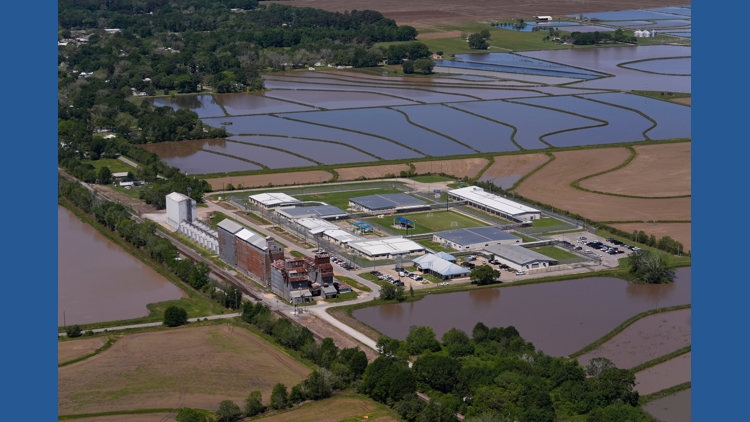Local News & Alerts
Two neighboring shelters on Southeast Grand Avenue will provide 280 overnight beds for peo...
More
Its time to grab your tickets and check to see if youre a big winner The Powerball lottery...
More
On a team overdue for a goal no player on the Portland Timbers needed one more than Felipe...
More
Portland Mayor Keith Wilson on Wednesday rebuked federal officials for their ongoing refus...
More
What an honor for Albany Photos from Albany Public Librarys post
More
Soooo cute When this happens its usually because the owner only shared it with a small gro...
More
Cozy up with a coffee and cake at this cute little cafeCome cozy up with a warm drink brea...
More
This is a maniacal Albany tradition Dont miss outWhen this happens its usually because the...
More
A growing number of people protesting against Trumps administration have taken to wearing ...
More
Sen Jeff Merkley is the latest Democrat to take a protracted stand against Trump holding a...
More
Portland police are investigating a shooting in Southeast 174th Avenue and Haig Street whe...
More
The US governments gross national debt has surpassed 38 trillion during the federal shutdo...
More
Trump says the federal government owes him a lot of money for prior Justice Department inv...
More
Before this month Iceland and Antarctica were the only regions with no recorded mosquitoes...
More
The ACLU alleges that pregnant detainees being held in ICE facilities in Louisiana and Geo...
More
Even small actions can have a positive impact
More
Crook PointEngagement season is almost here and theres no place more magical to pop the q...
More
Wild Rivers Conservatory of Dance and ArtsThe ZOMBIES Theyre coming for you AGAIN Watch o...
More
In less than two months Trump and Defense Secretary Pete Hegseth say the US military has k...
More
A 28-year-old man was arrested Wednesday in connection with the 2022 fatal shooting of an ...
More





















